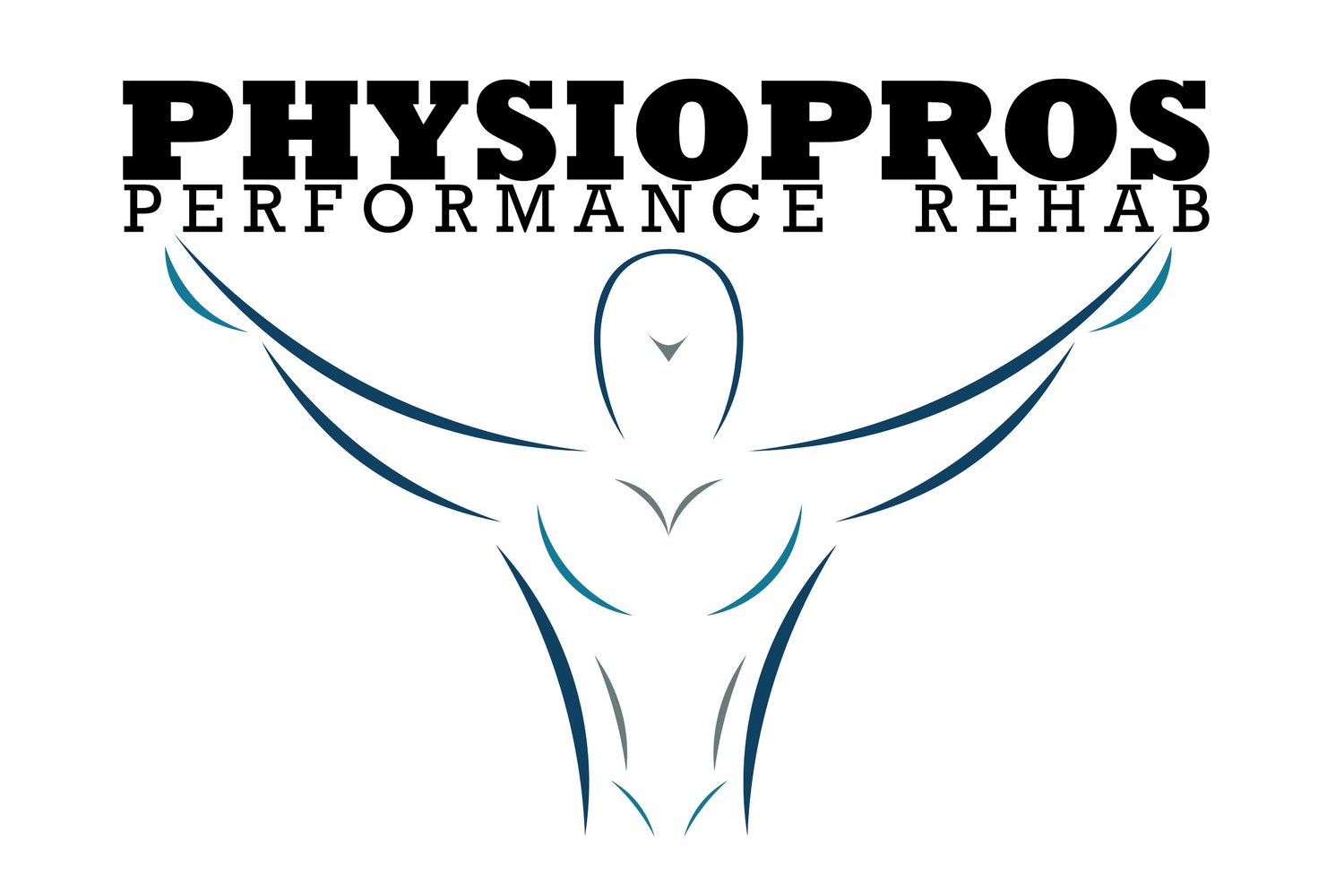Gait Training Exercises for Seniors: Build Balance & Confidence.
AUDIO VERSION
↓
Feeling unsteady can hold you back, but you are not stuck with it. At Physiopros Performance Rehab, we help older adults move with confidence through simple, safe, and proven gait training exercises. With clear cues, small progressions, and steady practice, you can improve balance, walk with smoother steps, and enjoy daily activities again. And because life does not pause, we focus on practical routines you can do at home and in the community.
We start with what matters most: your goals, your safety, and your pace. Then we build a plan that blends leg strength, posture, step timing, and turning control so you feel stable on sidewalks, curbs, and stairs. Moreover, we explain every drill in plain language and offer easy ways to adjust support as you improve. As a local clinic in Parsippany, NJ, we also share real-world tips for navigating the places you visit every week.
Ready to take the first step? Keep reading to learn how gait training exercises can help you build balance, reduce stumbles, and move with confidence, one steady stride at a time.
Who this guide is for
If you feel wobbly on curbs, hurry your steps to keep balance, or avoid certain outings, this guide is for you. It also helps if you walk slower than you used to, tire easily during errands, or worry about tripping on uneven ground. Caregivers and family members in Parsippany, NJ will also find clear, practical tips they can use right away.
You will benefit most if you want simple, repeatable gait training exercises, prefer plain language, and value steady progress over quick fixes. Whether you recently had a near fall, use a cane for confidence, or just want more control on stairs, you will learn how to build strength, improve step timing, and move with ease in everyday places.
Quick safety note
Start in a well lit, clutter free space and wear supportive shoes. Use a countertop, sturdy chair, or rail for light support as you learn each drill. If pain, dizziness, or shortness of breath shows up, pause and check in with a clinician. Move at a pace that lets you keep good form and steady breathing. Progress by adding a few seconds, a few steps, or a little less hand support, not all at once. Keep a phone nearby, and if you train alone, let a family member know when you practice.

